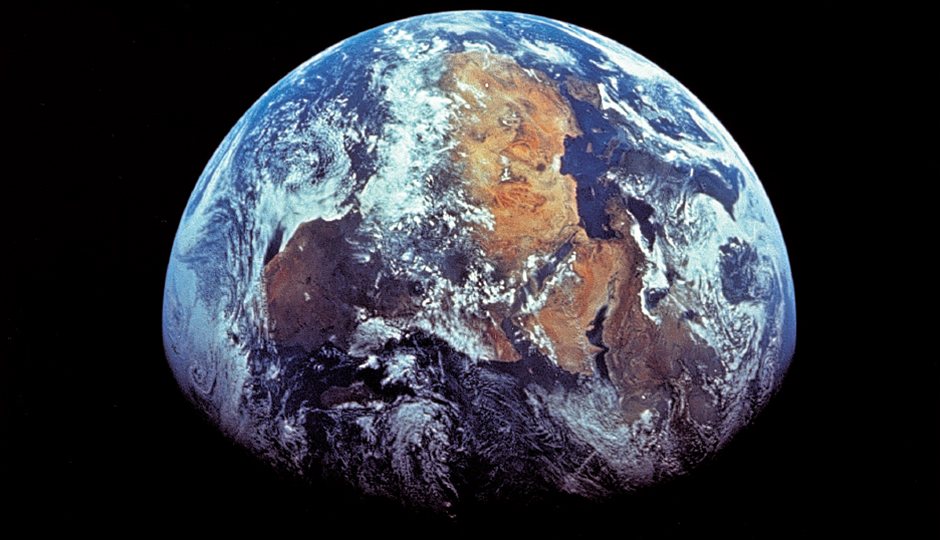water: a fundamental element
Throughout the universe, there is one molecule that mankind eagerly searches for, as the discovery of its presence at the surface or in the atmosphere of a distant planet would immediately unleash one of the human race’s wildest dreams: that of finding life on a planet other than our own.
Instead of the 90° angle that strictly covalent bonds have, this molecule, which can be represented easily using a simple triangular model, has the peculiarity of having an interatomic angle of 105° (a characteristic angle with a tetrahedral geometry: see figures 1 and 2 below) due to the electrical negativity of two of its poles. It is also characterised by an electrical moment (polarity) highlighted by its physical and electrical properties.
Its formula can be written quite simply as H2O (which means that this molecule is the result of the union of an oxygen atom with 2 hydrogen atoms): in other words - water.
Behind the very word raises an image that resulting from the first voyages in space - that of the blue planet: Earth.
Water is in fact the most widespread mineral substance on the earth’s surface. It forms its hydrosphere. It has an estimated volume of 1,385 million cubic kilometres, 97.4 % of which is in the various oceans (which cover 71 % of the Earth’s surface), 2 % is in the form of ice, and just 0.6 % (approximately 8 million km3) is continental fresh water (including groundwater and moisture in soil). An estimated volume of approximately 350,000 km3 of continental water is available on the surface of the Earth’s land mass (rivers, lakes), while the ice in the polar icecaps forms a volume of 25 million km3, this water also being fresh water. Lastly, there are 13,000 km3 of water in the atmosphere in the form of water vapor in clouds. There is an estimated annual evaporation of 500,000 km3 and precipitation on the various continents amounts to 110,000 km3 of water every year.
But first and foremost, water is synonymous with biological life.
It is the major component in living matter. On average it accounts for 80 % of its composition. In the higher animals, the percentage of water content is somewhere between 60 and 70 %. Extreme values of 98 % are encountered in marine organisms such as jellyfish and certain algae; to the contrary, sporulated bacteria, forms of resistance and suspended animation, have their water content reduced to 50 %.
Water, which is a major element in the mineral and biological world, is also fundamentally important for life and human activity. Currently, global water use, with its various domestic, industrial and agricultural uses added up, accounts for an impressive figure of 700 m3 per person per year on average, bearing in mind that. And the disparities are still enormous, ranging from less than 100 m3 for developing countries to over 2,000 m3 for the United States. Consequently, it can be taken as read that mankind’s water needs will continue to grow depending on the part of the world. Water consumption has increased significantly during recent decades, with domestic use accounting for approximately 10% of this consumption.
This means there is a pressing need to protect water and treat it, whether for the purpose of producing fresh water for human consumption, for specific industrial uses, or for limiting pollution discharged into the environment.
Bookmark tool
Click on the bookmark tool, highlight the last read paragraph to continue your reading later













